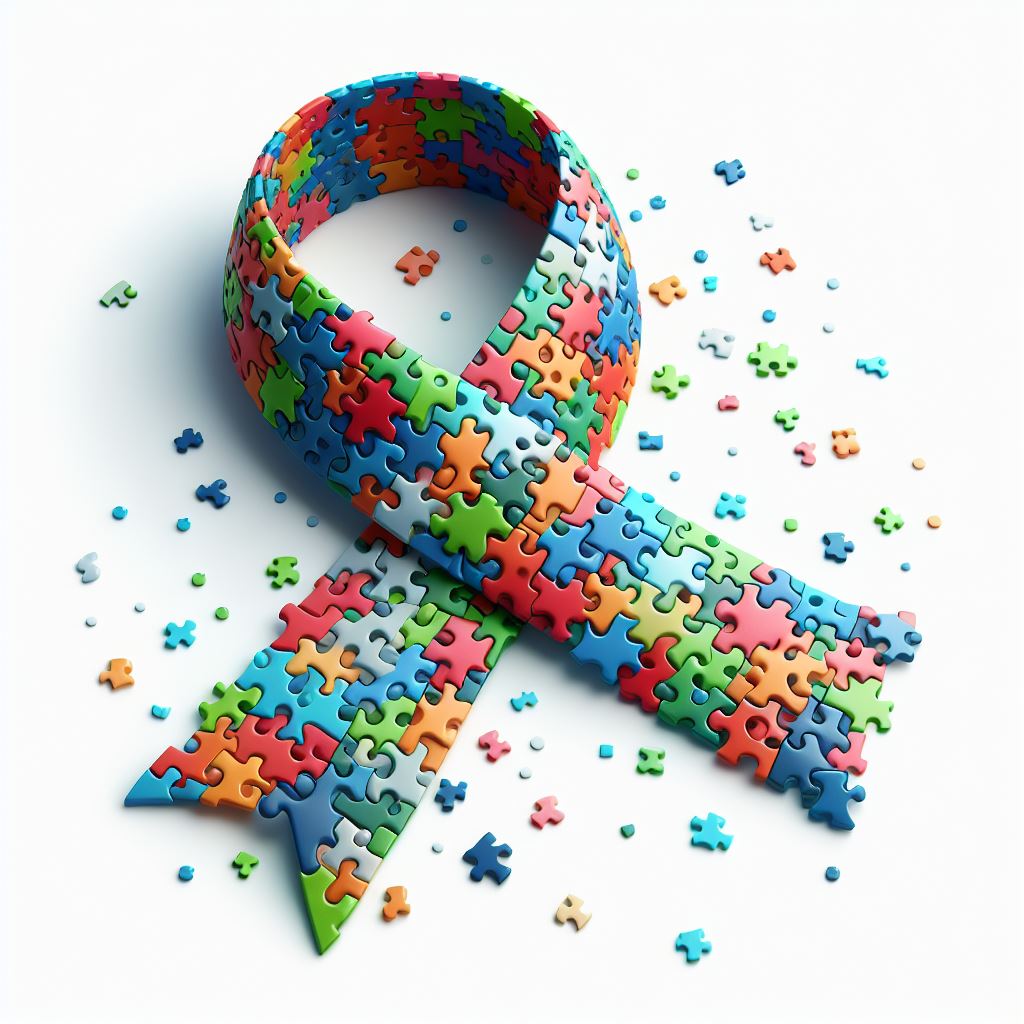The Effect of Early Intervention on Youngsters with Autism: What Moms And Dads Required to Know
The Effect of Early Intervention on Youngsters with Autism: What Moms And Dads Required to Know
Blog Article
Checking Out Autism: Strategies for Reliable Communication and Communication
Effective interaction and interaction with people on the autism range demand a comprehensive understanding of their special demands and choices. The ins and outs of these techniques reveal more considerations that merit expedition, especially in how they can be adapted to varied contexts and private experiences.
Comprehending Autism Range Problem
Autism Spectrum Condition (ASD) incorporates a series of neurodevelopmental conditions defined by obstacles in social communication, interaction, and repetitive actions. The term "range" mirrors the diverse symptoms and varying degrees of intensity experienced by individuals with ASD. While some may show significant disabilities, others might display high-functioning qualities, enabling better freedom in day-to-day live.
The onset of ASD generally takes place in early childhood, with indicators usually well-known by age two. Very early indicators might include postponed speech growth, restricted eye get in touch with, and difficulties in comprehending social hints. Although the exact etiology of ASD continues to be vague, study recommends a combination of hereditary and environmental variables plays an essential role in its growth.
As a result, interventions and support tailored to individual needs are necessary for promoting communication and social abilities. Acknowledging the intricacy of ASD is important for advertising understanding, approval, and efficient strategies that facilitate purposeful communications with people on the range.

Value of Clear Interaction
Effective interaction is vital for promoting understanding and connection, particularly for people with Autism Spectrum Condition (ASD) Clear communication not only facilitates social communications but additionally enhances the individual's capability to reveal their feelings, ideas, and demands. For individuals with ASD, the subtleties of language can typically be challenging; for that reason, using unambiguous and simple language is crucial.
In addition, clear interaction helps in reducing frustration and anxiousness that may emerge from misconceptions. When messages are shared in a direct and consistent fashion, people with ASD are much better equipped to interpret info precisely, which can considerably boost their social engagement and participation in different setups.
Developing regimens and making use of visual supports can additionally strengthen clear interaction. These methods provide individuals with predictable frameworks that assist understanding and retention of info. Furthermore, actively listening and being individual during interactions advertises a supportive atmosphere where individuals with ASD feel valued and recognized.
Eventually, focusing on clear interaction not only equips people with ASD yet likewise fosters even more significant links with their peers, caretakers, and the bigger community, leading the way for inclusive interactions and joint relationships. - autism
Non-Verbal Interaction Techniques
Communication extends beyond words, and for people with Autism Spectrum Condition (ASD), non-verbal cues play a substantial duty in communications. Non-verbal communication techniques can consist of face expressions, gestures, body movement, and eye get in touch with, all of which offer as crucial elements for conveying emotions and intents.
Comprehending and translating these non-verbal signals can boost interactions with individuals with ASD. For instance, a cozy smile or open posture can produce a welcoming environment, motivating engagement. In a similar way, utilizing aesthetic aids-- such as picture cards or signs-- can bridge communication gaps and help communicate messages better.
It is also vital to be mindful of personal area, as individuals more with ASD might have different convenience levels regarding distance. Observing their responses to physical distance can notify proper adjustments.

Producing Supportive Atmospheres
Creating a helpful more info here atmosphere is important for fostering positive communications and improving the wellness of people with Autism Range Problem (ASD) Such atmospheres can considerably decrease stress and anxiety and create a sense of security, enabling people to express themselves much more freely.
To achieve this, it is vital to take into consideration sensory sensitivities that individuals with ASD may experience. Modifying the physical space to include soft illumination, minimal background noise, and comfortable seats can create a soothing atmosphere. Furthermore, utilizing regular regimens and clear aesthetic schedules can aid individuals anticipate shifts and minimize uncertainty, further advertising convenience.
Social spaces ought to be structured to decrease frustrating stimulations while giving possibilities for involvement in favored activities. Facilitating locations assigned for silent time can additionally serve as a haven throughout minutes of stress and anxiety. Significantly, including aspects of choice empowers individuals, enabling them to exercise agency in their atmosphere.

Urging Social Interactions
Promoting social communications among people with Autism Spectrum Problem (ASD) calls for willful techniques that prioritize comfort and involvement. Establishing foreseeable regimens can aid decrease anxiety, making social settings more friendly. Producing structured atmospheres with defined roles and duties enables individuals to involve without the frustrating stress of disorganized social dynamics.
Incorporating interests website here and strengths into social tasks can work as a stimulant for communication. As an example, organizing group tasks around shared pastimes or topics of attraction can promote natural discussions and links. Additionally, utilizing aesthetic supports, such as social scripts or pictorial routines, can assist in comprehending social hints and assumptions.
Designing suitable social habits is critical - autism. Adults and peers should demonstrate effective communication methods, including energetic listening and turn-taking. Role-playing circumstances can likewise offer a safe area for people to practice these abilities
Lastly, fostering peer partnerships through comprehensive practices is crucial. Urging comprehensive playdates or team trips can create possibilities for socializing in a comfy setting. By implementing these instructors, caregivers and strategies can substantially boost social interactions for people with ASD, promoting their overall social growth and health.
Verdict
In conclusion, effective interaction and communication approaches are essential for sustaining individuals with Autism Range Disorder. Eventually, these strategies encourage people with autism to navigate social landscapes, promoting their overall health and allowing the advancement of long lasting connections.
Effective interaction and interaction with people on the autism range require an extensive understanding of their one-of-a-kind requirements and choices. Clear communication not only assists in social communications but additionally improves the person's capability to reveal their demands, emotions, and thoughts.Fostering social interactions amongst people with Autism Spectrum Disorder (ASD) requires willful approaches that focus on convenience and engagement. By carrying out these approaches, caregivers and teachers can considerably improve social interactions for individuals with ASD, promoting their general social growth and well-being.
In verdict, effective communication and communication methods are vital for sustaining people with Autism Range Disorder.
Report this page